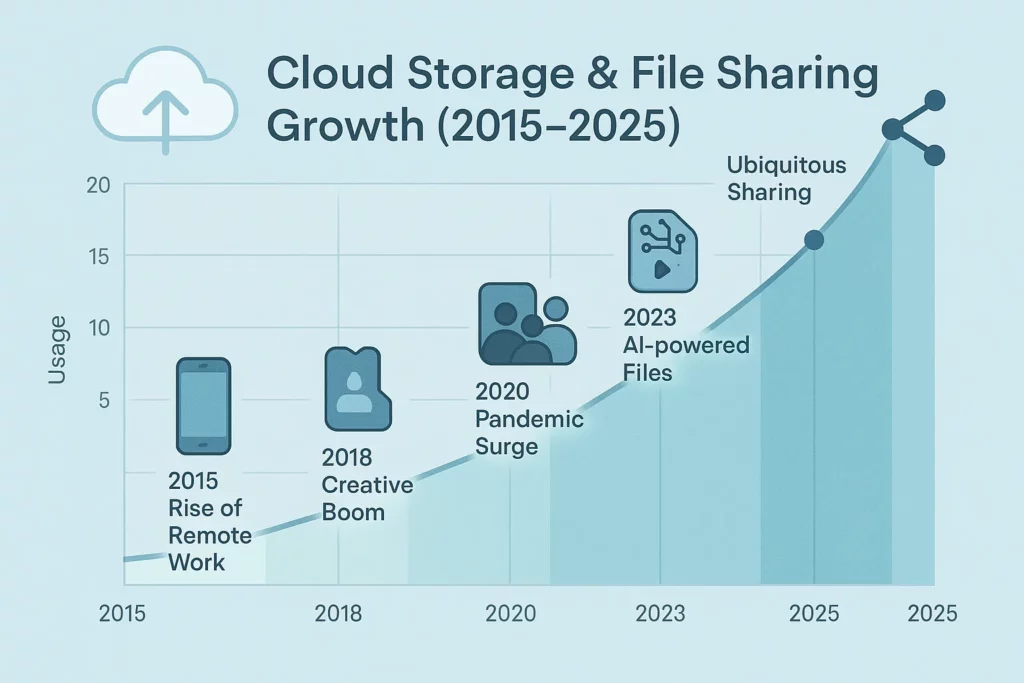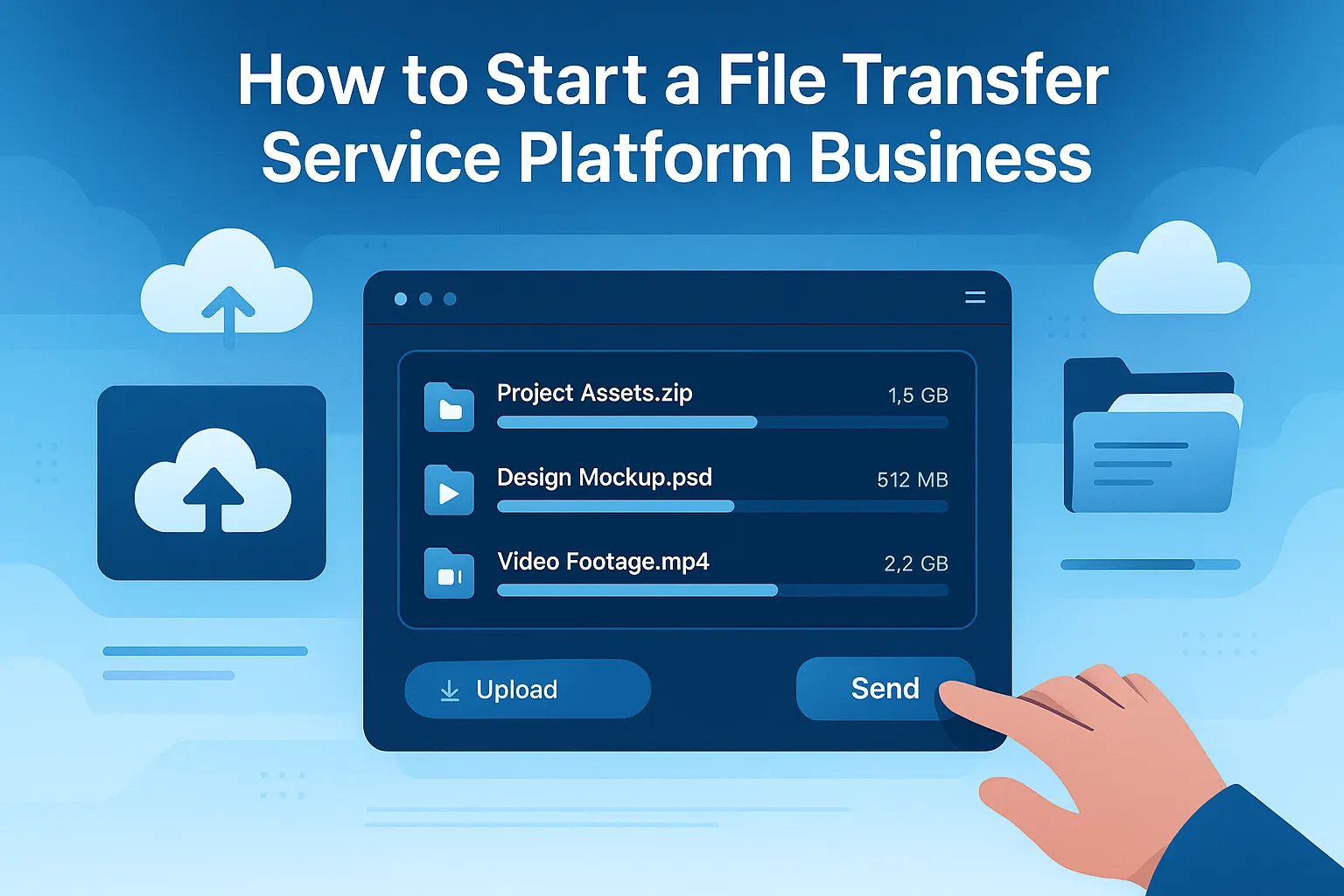Let’s be real—most of us have fumbled with email attachments larger than a cat video, watched upload bars crawl slower than a Monday morning, and cursed at “File Too Large” messages like they personally betrayed us. If you’ve ever daydreamed about building a smarter, smoother way to share files, you’re not alone. File transfer platforms like WeTransfer didn’t just pop up out of nowhere—they solved a very real problem, and guess what? There’s still room at the table.
Today’s creators, remote teams, marketers, and even meme lords need to send everything from slick presentations to 4K drone footage. And they want it fast, secure, and user-friendly. That’s where file transfer services come into play—sleek digital bridges for moving megabytes (or terabytes) of magic.
If you’ve got an idea brewing, or you’re just itching to build your own version of WeTransfer or TransferNow, keep reading. We’ll walk you through what it takes to launch your own file transfer service platform—and how Miracuves can make your idea app-ready faster than you can say “Upload Complete.”
Why File Transfer Platforms Are Still Hot Property
File transfer services fill a sweet spot: simple, useful, and scalable. They’re like the digital equivalent of a delivery van—but instead of packages, they’re moving precious digital cargo.
- Global usage boom: With remote work and digital content at an all-time high, the demand for file transfer tools has skyrocketed. According to Statista, the global cloud storage market is expected to hit $376.67 billion by 2029.
- Device-agnostic utility: Whether it’s a smartphone, laptop, or tablet—users want drag-drop-send simplicity, everywhere.
- Built-in trust: Secure file sharing is now a must, not a luxury. Encryption, access expiry, and download tracking aren’t optional anymore.

Top File Transfer Platforms to Learn From
Here’s a rapid-fire look at some heavy hitters in the file transfer game—and what they did right:
WeTransfer
Minimalist UI, generous free tier, viral appeal among creatives. Its “no-login” model removed friction.
TransferNow
Focuses on encrypted, password-protected sharing with file expiration. Ideal for businesses.
Send Anywhere
P2P sharing with six-digit keys—great for instant transfers without servers.
Smash
Unlimited file size. Monetized through speed boosts and custom branding.
pCloud Transfer
Tied to pCloud storage accounts. Strong for brand integration and document control.
Building Blocks: Features Your Platform Needs
Not all file transfer apps are created equal. Here’s what makes one stand out:
1. Simple UX/UI
Drag-and-drop, clear progress bars, and no sign-up barriers = instant love.
2. Security First
End-to-end encryption, optional passwords, and audit logs. Especially if you’re targeting professionals or corporates.
3. File Expiry + Access Control
Let users decide who sees what—and for how long. Think self-destructing links, access limits, and email verification.
4. Scalability
Don’t build for now—build for viral. Cloud-based storage and CDN integration help.
5. Monetization Options
Offer speed boosts, extended storage, or branded experiences on paid tiers.
How to Start Your Own File Transfer Business
Let’s cut to the chase—you’re not starting from scratch. You’re starting with a blueprint.
1. Define Your Niche
Creators? Developers? Agencies? Focus your feature set to serve one tribe really well.
2. Choose Your Tech Stack
Server-side language, cloud hosting, CDN, and encryption tools. Or you can shortcut with a clone app base.
3. Prototype + Test
Use MVP tools or pre-built solutions to test UI, server load, and speed perception.
4. Plan Your Monetization
Free tiers are great, but think long-term: branding, team plans, or higher limits for cash.
5. Partner with Developers
A clone script of WeTransfer or TransferNow can get you live faster, at lower cost, and with fewer bugs.
Why Building with a Clone Script Is the Smartest Move
Instead of spending 6–12 months reinventing the upload button, start with a pre-built clone app tailored to your market.
With Miracuves, you don’t get a generic template—you get:
- Custom UI/UX tailored to your niche
- Cloud-ready backend and frontend
- Monetization logic built-in
- Branding + white-labeling
- End-to-end launch support
Conclusion
File sharing isn’t going out of style—it’s only evolving. Whether it’s a filmmaker in Paris or a startup in Bangalore, the need to move digital content quickly and securely is universal. And guess what? Most users still crave a cleaner, faster, frustration-free solution.We’re here to help you fill it—with a power-packed, future-ready file transfer platform built to scale. No fluff, no drag, just real tech magic.
Let’s co-create your next big launch—starting today.
FAQs
Q1. What makes a file transfer platform different from cloud storage?
File transfer is about sending; storage is about keeping. Tools like WeTransfer focus on fast, temporary delivery.
Q2. How do these platforms make money?
Through freemium models—ads, premium subscriptions, or branded portals for businesses.
Q3. Can I build a white-labeled version of WeTransfer?
Absolutely. Miracuves specializes in clone app development, including file transfer solutions.
Q4. Is it legal to build a WeTransfer clone?
Yes—as long as you avoid copyright/trademark violations and build your own unique value.
Q5. How long does it take to launch a file transfer platform?
With a clone-based approach, you can be live in 4–8 weeks. Custom builds take longer.
Q6. Do I need a mobile app too?
With a clone-based approach, you can be live in 4–8 weeks. Custom builds take longer.








